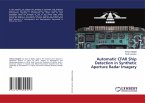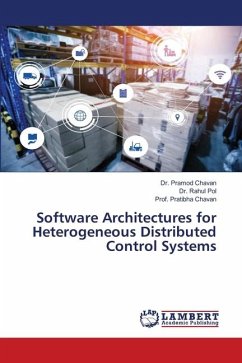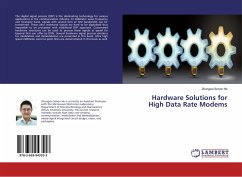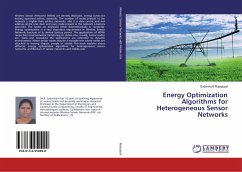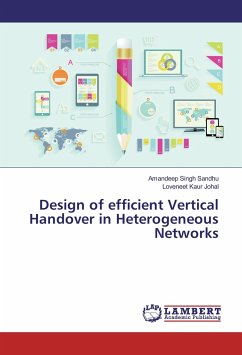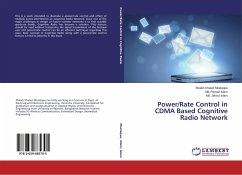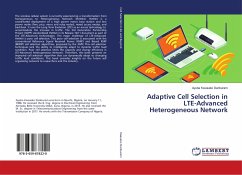Constant False Alarm Rate (CFAR) detection refers to a common form of adaptive algorithm used in radar systems to detect target returns against a background of noise, clutter and interference. The role of the constant false alarm rate circuitry is to determine the power threshold above which any return can be considered to probably originate from a target as opposed to one of the spurious sources. If this threshold is too low, then more real targets will be detected, but at the expense of increased numbers of false alarms. Conversely, if the threshold is too high, then fewer targets will be detected, but the number of false alarms will also be low. In most radar detectors, the threshold is set in order to achieve a required probability of false alarm (or equivalently, false alarm rate or time between false alarms).There are various CFAR algorithms for setting detection thresholds but each one of them is not reliable in all environments. The primary model CA-CFAR showed effectiveness in homogenous environment only as it loses targets due to target masking and clutter edges which degrades probability of detection (Pd) in heterogenous environment. SOCA-, GOCA-CFAR are proposed algos.
Bitte wählen Sie Ihr Anliegen aus.
Rechnungen
Retourenschein anfordern
Bestellstatus
Storno


